
Climate Change Phenomena: Bananas in Our Breadbasket?
Students will explore the carbon cycle and evaluate associated phenomena of climate as they discover the impact climate change could have on the farms that produce our food.

Students will explore the carbon cycle and evaluate associated phenomena of climate as they discover the impact climate change could have on the farms that produce our food.
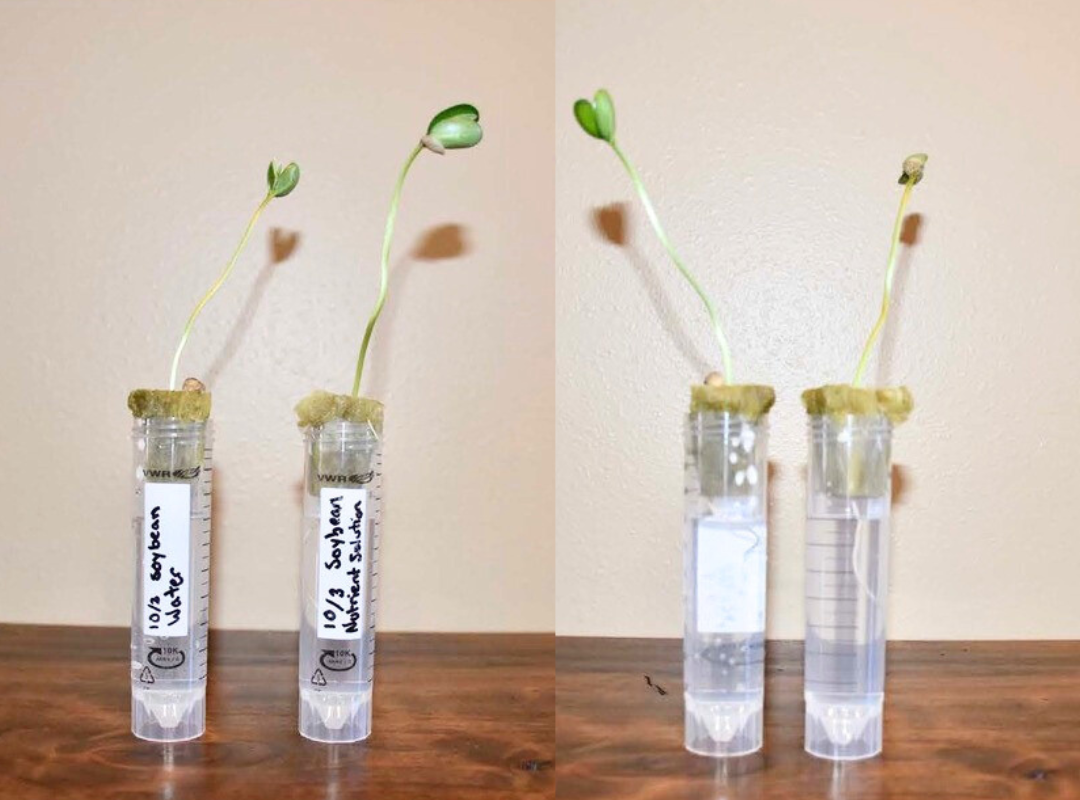
Investigate the importance of nutrients to support plant growth and discover how plants grow without soil by growing and observing plants in a test tube hydroponic system.
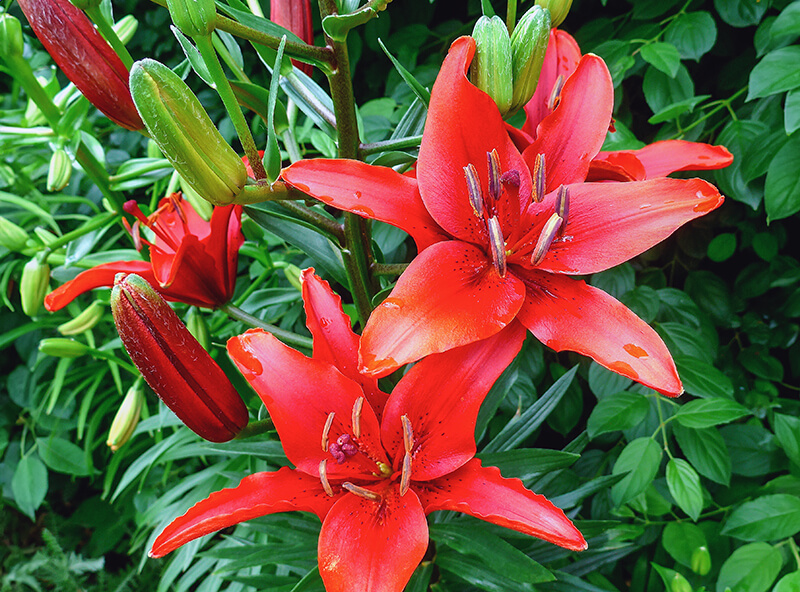
Students observe the anatomical structures of flowers and explain a flower's role in plant growth and reproduction as well as their connection to our food supply.
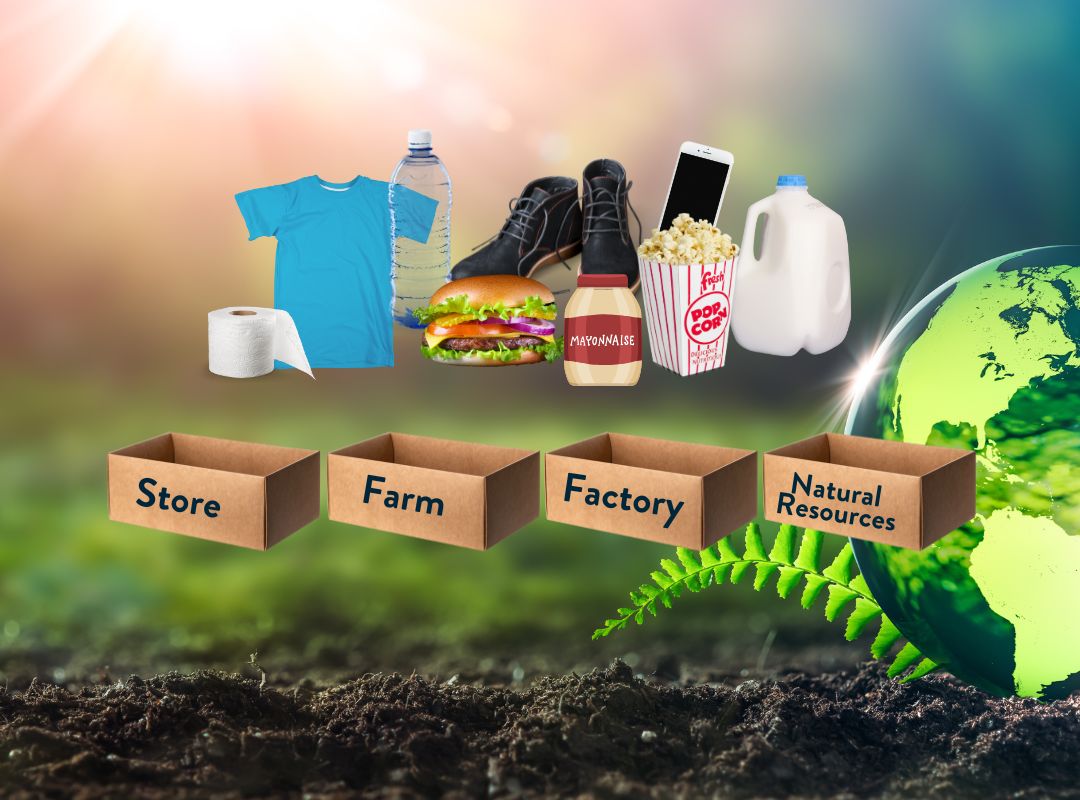
In this lesson students will learn that agriculture provides nearly all of the products we rely on in any given day by participating in a relay where they match an everyday item with its "source."
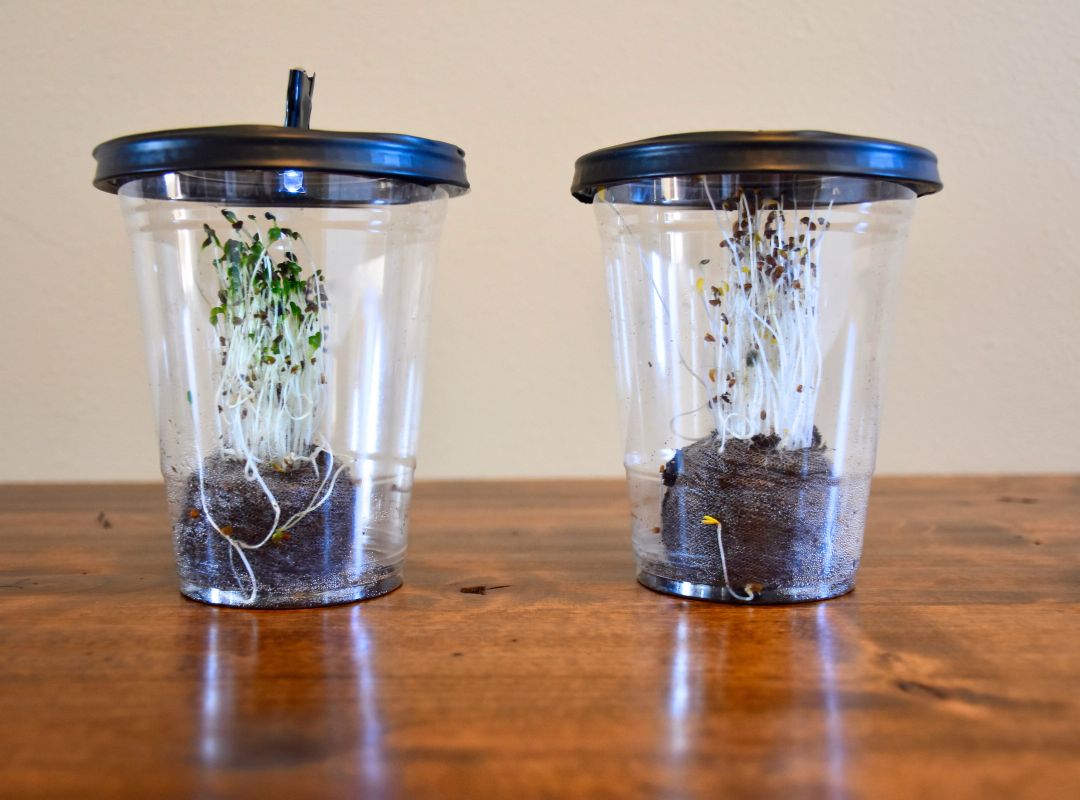
Students investigate the importance of light to plants by creating a desktop greenhouse investigation and exploring the process of photosynthesis.
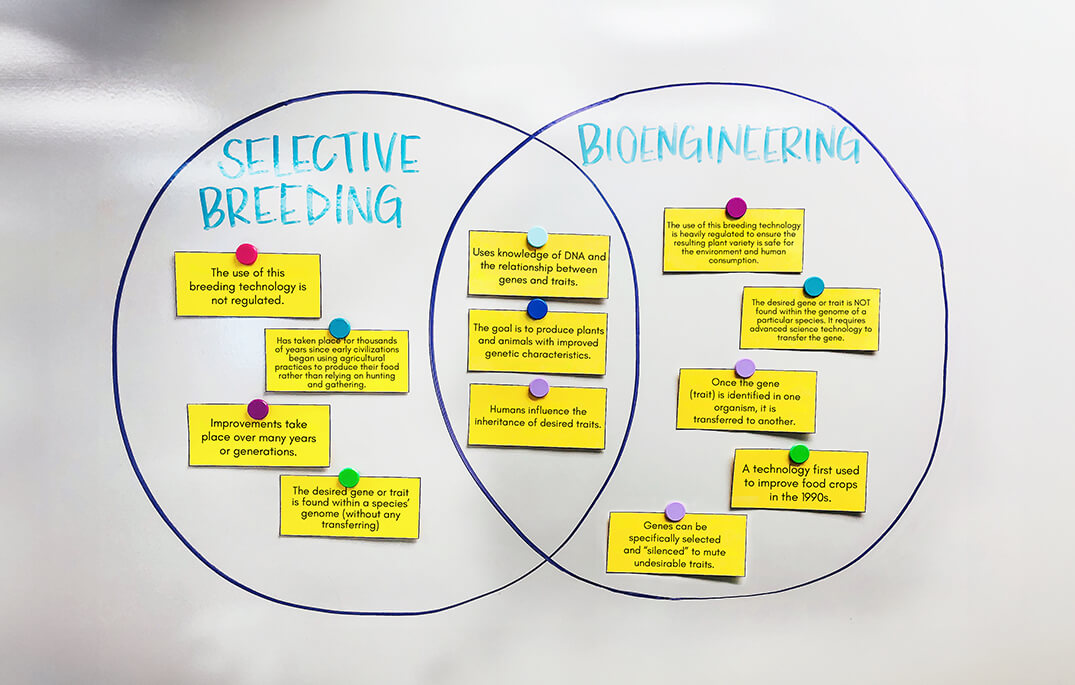
Students identify technologies that have changed the way humans affect the inheritance of desired traits in organisms; compare and contrast selective breeding methods to bioengineering techniques; and analyze data to determine the best solution for cultivating desired traits in organisms.

Students examine the environmental footprint of food by discovering factors along the farm-to-fork process that contribute to a food's environmental footprint and discuss possible solutions to create a sustainable future through the foods we eat.
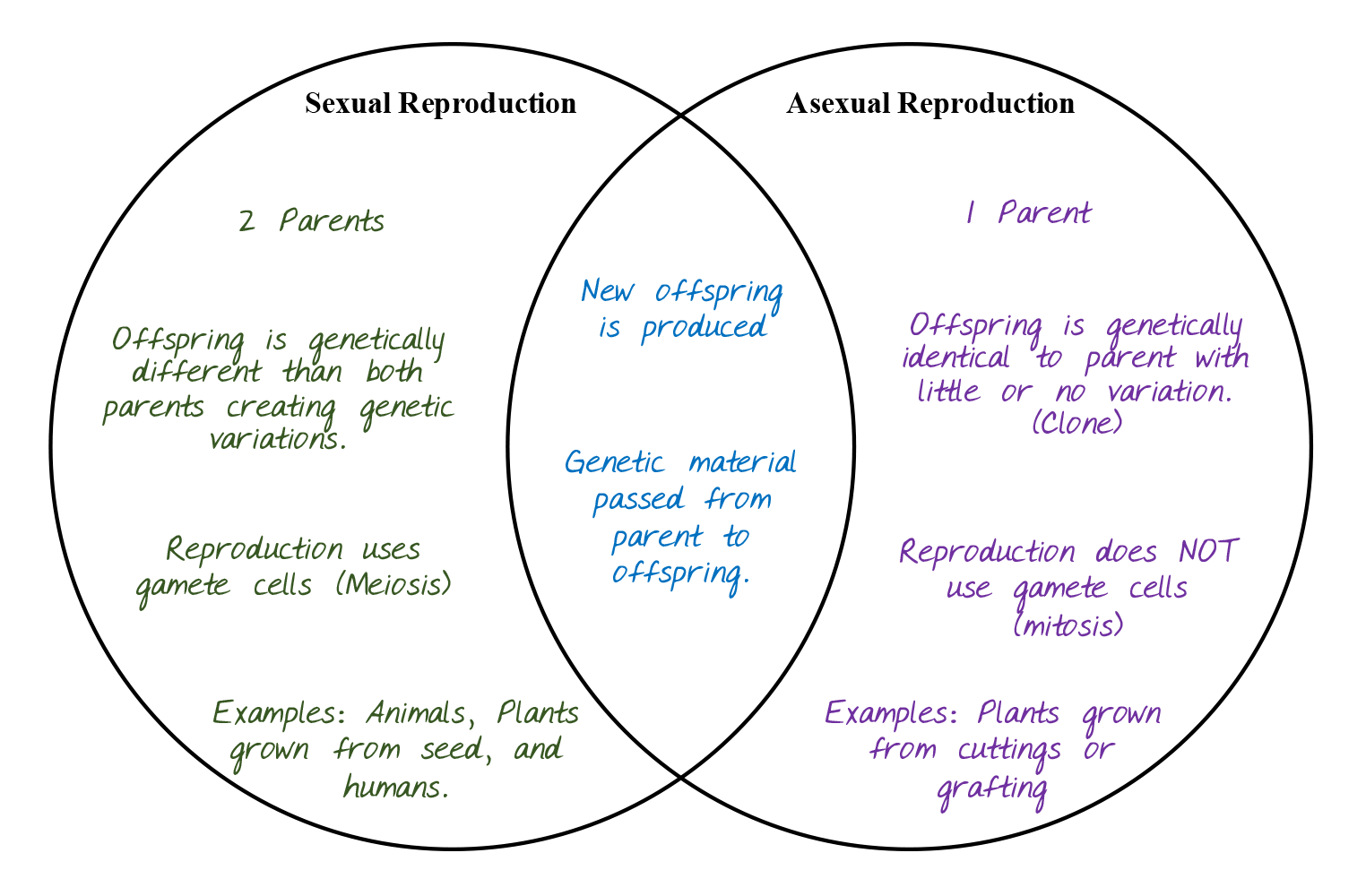
Using the context of apples, students will apply their knowledge of heredity and genetics to distinguish between sexual and asexual reproduction as they explain how new varieties of apples are developed and then propagated to meet consumer demand for a tasty, uniform, consistent product.

Students will recognize that arable land (ideal land for growing crops) is a limited resource, identify best management practices that can be applied to every stakeholder’s land-use decisions; and analyze and discuss the impacts of food waste on our environment.

Students will discuss the limited amount of fresh water on earth, identify how best management practices can reduce water consumption, discuss the need for water conservation and protection, and compare and contrast methods of irrigation for water conservation.

Students will identify nitrogen, potassium and phosphorus as primary soil nutrients necessary in the production of abundant and healthy foods, describe various methods of replenishing soil nutrients that have been depleted by plant growth, discover how overall plant health impacts a plant’s ability to resist disease and pests and describe what best management practices are in agriculture to improve overall sustainability.
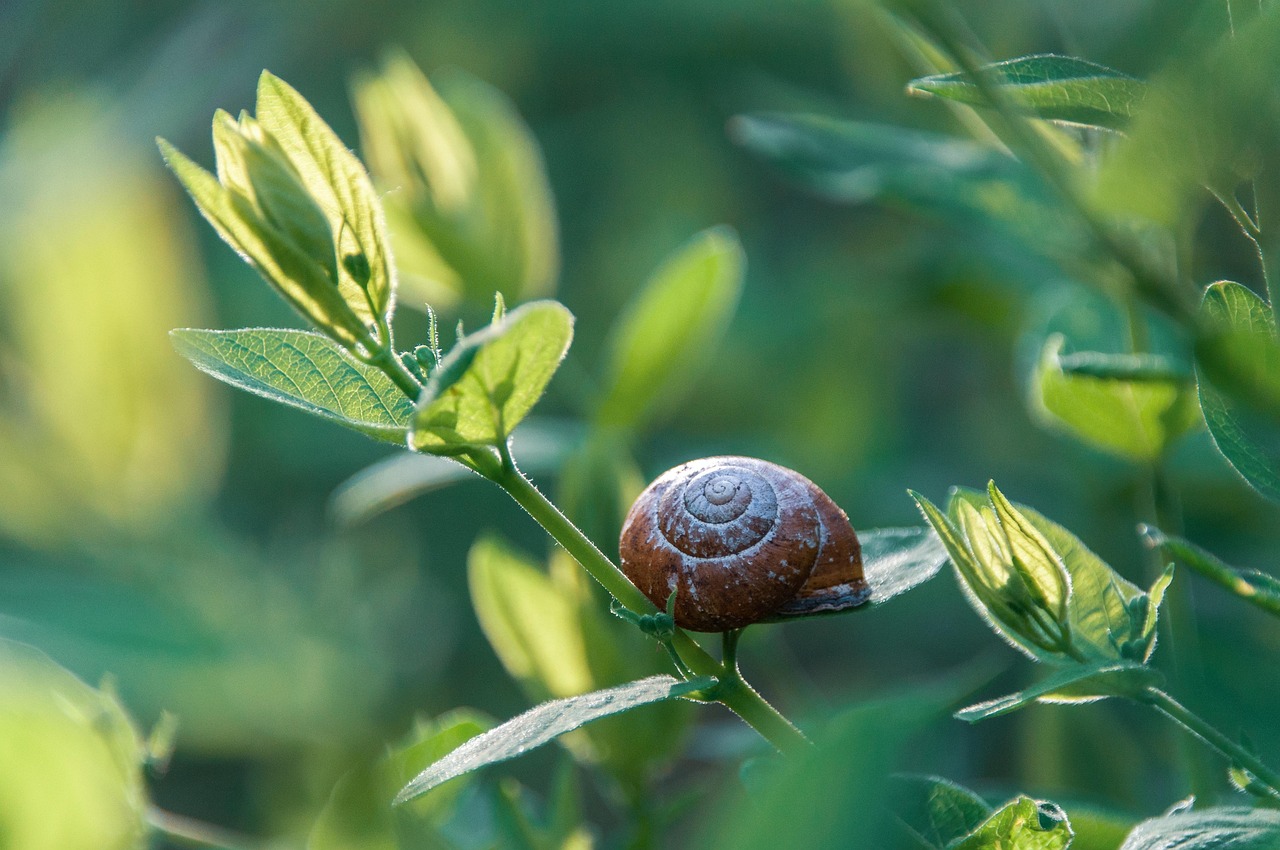
This lesson teaches about invasive species: what they are, the threats they pose, and damages they can cause. Students will identify individual pests and invasive species and discover what they threaten, where they live, and the pathways hungry pests use to enter new locations. Finally students move into action and explore what they can do to prevent the spread of invasive species.